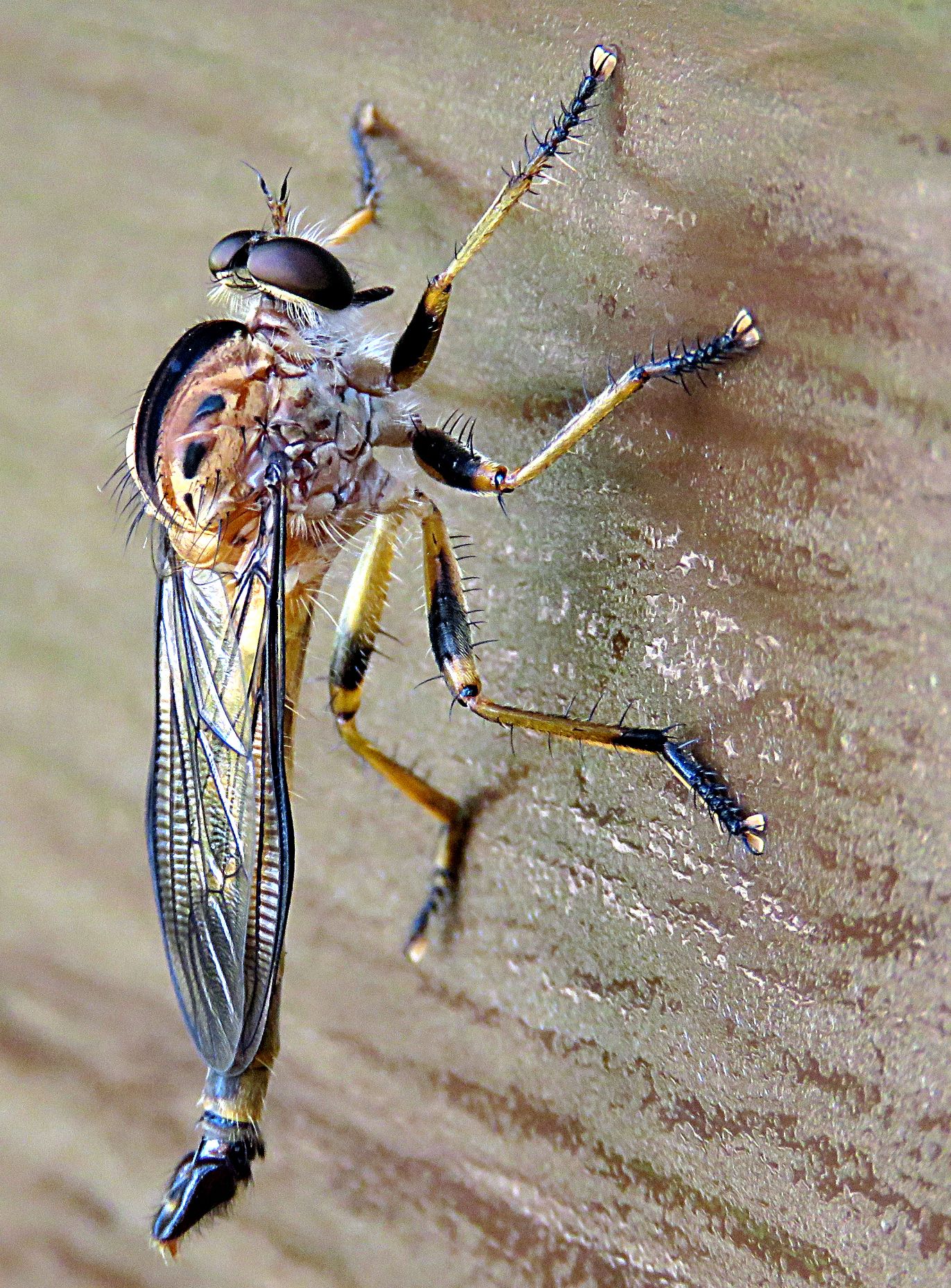This week in Science... (18/02/2022)
Omicron and robber flies, deep sea arctic sponges and plant growth in Antarctica
 Photo: Prosthetic Head, CC BY-SA 4.0 <https://creativecommons.org/licenses/by-sa/4.0>, via Wikimedia Commons
Photo: Prosthetic Head, CC BY-SA 4.0 <https://creativecommons.org/licenses/by-sa/4.0>, via Wikimedia Commons
From Imperial...
Omicron infections plagued England in December 2021
Imperial and Ipsos MORI’s ongoing REACT coronavirus monitoring program found a rapid increase in COVID-19 infections in the UK during December 2021, which was concurrent with the rapid spread of Omicron, both within the UK and internationally. Infection rates varied across the country, with the highest rates occurring in London, where the R-number was estimated to be 1.62 in December. The results came from analysis of swab tests taken at home by over 97,000 participants, between 23rd November and 14th December. Adults who had received a booster were three to four times less likely to be infected than adults who had had two doses.
Watch out! Robber flies on the hunt
Researchers have discovered how robber flies avoid obstacles as they hunt down prey. They wait in ambush for their prey and feed on other insects. The scientists investigated how the flies navigate while flying towards a target, by placing large objects in the insects’ flight paths. Because of its small brain size, the robber fly relies on much simpler navigation systems than humans and other mammals. It uses two simple navigation systems. The first is called “pure proportional navigation”, which allows them to track their prey, and the second is a simple obstacle avoidance algorithm. Combining the two has allowed the robber fly to successfully chase prey at high speeds. “The reaction speed of these flies is an order of magnitude faster than ours,” said Dr Samuel Fabian, lead author of the study. The hope is that understanding how small organisms make such decisions can help inspire the design of simple, light aerial drones.
From around the world...
Hmmmm yummy! Deep-sea arctic sponges munch on fossils
A colony of deep-sea sponges, located between 700 and 1000 metres down in the central Arctic Ocean, have been found to be snacking on the fossilised bed on which they lie. Sponges are filter feeders, but at those depths there is very little current. The colony is placed on a bed of fossilised life between 2,000 and 3,000 years old. Carbon isotopes in the sponge tissue closely matched those of the dead matter, which suggests the animals are consuming it. Microbes that live within the sponges have been found to have enzymes capable of breaking down the fossils into consumable products. Sponges are not very mobile, but can slowly move using spiky spiracles to get around the sea bed to find more food.
Climate change causing increased plant growth in Antarctica
Plant growth in Antarctica is accelerating as a result of climate warming. There are only two native flowering plants in Antarctica, Deschampsia antarctica and Colobanthus quitensis. Over a period of ten years, from 2009 to 2019, the scientists recorded the growth of these plants on sites on Signy Island, a small island in the South Orkney Islands of Antarctica. They compared their observations with similar studies at the same sites over the past 50 years, and found that the growth rate and population density of the plants had both increased with time. Peter Convey, a member of the team and a scientist at the British Antarctic Survey, said, “The most novel feature of this is not the idea that something is growing faster. It’s that we think we’re starting to see what is almost like a step change or a tipping point.” There are fears that the increase in temperature could allow invasive species to colonise the region, and outcompete native plants, fundamentally altering the ecosystem of Antarctica.










